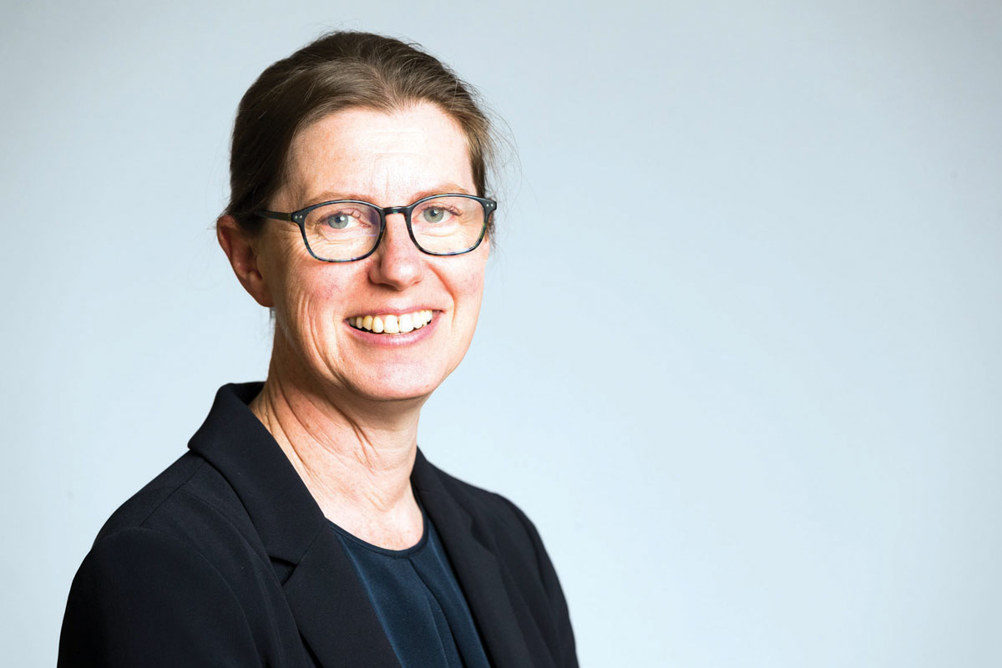
It was positive to see these messages being amplified, not just by Child Safeguarding Partnerships across the country, but also Community Safety Partnerships, schools, local authorities, police forces and police and crime commissioners’ offices, hospital trusts, children’s rights organisations, children’s charities, parenting charities, fostering agencies, mental health providers, sport and theatre projects, victim support organisations and many more. But when the awareness day is over, what do we all do with our new-found or refreshed awareness?
Missing episodes, unexplained injuries, new possessions (or cash) and drug or alcohol use in our teenagers will probably alarm us, but so many of the other signs of exploitation are also common features of an ordinary adolescence. What parent, carer or teacher hasn’t noticed changing friendships, behaviour or appearance in a child they care about, not to mention the way online use has dramatically changed for everyone over the past few years. Often, we dismiss these as benign side effects of growing up. And often we’re right. But not always.
Register Now to Continue Reading
Thank you for visiting Children & Young People Now and making use of our archive of more than 60,000 expert features, topics hubs, case studies and policy updates. Why not register today and enjoy the following great benefits:
What's Included
-
Free access to 4 subscriber-only articles per month
-
Email newsletter providing advice and guidance across the sector
Already have an account? Sign in here

